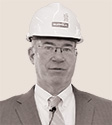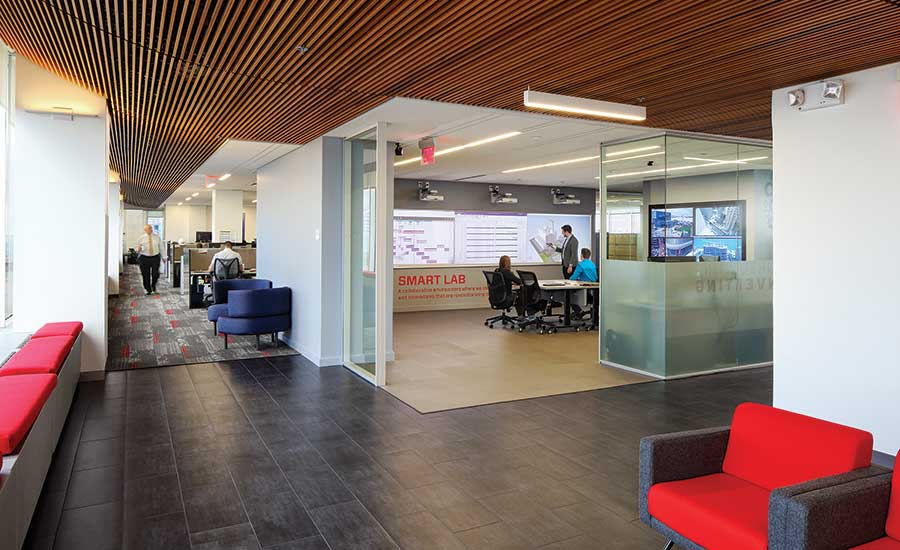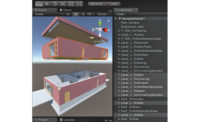On Sept. 26 in New York City, the Boston-based construction company Suffolk officially opened the first of six Smart Labs that it is building in the heart of its key offices in the U.S.
The labs are showcases for demonstrating the company’s technology engagement to prospective customers, but they are designed, equipped and staffed primarily to create a support system for data-based decision-making, innovation assessment, and sharing and scaling up the deployment of productivity-enhancing tools, from trials to jobsites and, ultimately, throughout the company.
 |
| Christopher Mayer |
“We’ve said that one of the objectives with the Smart Lab is to drive initiatives. And so, if the initiative is to focus on aligning the process so that the data flowing in can be brought together in an integrated way to create better visibility and more value, then that would be [an] example of where we will leverage the Smart Labs,” says Suffolk executive vice president and chief innovation officer Christopher Mayer, the project’s leader. Mayer, however, is quick to credit Suffolk’s owner, chairman and CEO, John Fish, as being the real driver behind the program.
On tours of the space during construction and in later interviews, Mayer would not disclose the cost of the labs other than to say they are “a significant investment.”
Suffolk books about $3 billion in annual revenue and has about 1,800 employees around the U.S., according to Mayer. The Smart Lab in New York City is now open, and one in San Francisco is set for its official opening later this month. Others are under construction in Miami, Tampa, Fla. and Boston. A Smart Lab in Los Angeles will be launched in 2018.
Each of Suffolk’s Smart Labs features a set of equipment similar to the New York City lab’s. One key element is a “data wall” of nine integrated, 50-in. displays for interactively presenting predictive analytics and operational performance indicators. Alternatively, by linking together the panels into a single display, the wall can be used as a large canvas for 3D visualizations with headsets.
Another wall of the Smart Lab is devoted to an expansive, touch-responsive “huddle wall,” which can link to similar walls in other labs across the country for in-office or long-distance collaboration around planning, scheduling or other communications. A third wall of displays is devoted to showing live streams or time-lapse images from jobsite cameras.
Finally, each lab has an immersive CAVE, or “cave automatic virtual environment,” for advanced 3D-model visualization. Beyond the technology-focused spaces, each of the labs includes a training-and-innovation development area that is part of the company’s Build Smart initiative. In the regional labs, project managers will be introduced to new tools and draw feedback from their results. Then, regional Smart Lab managers will roll up that information to the national level of the company.
“We are looking to drive from awareness to engagement to adoption of the general opportunities that are surfaced as we see new technologies and new solutions,” says Mayer.
From the lab creators’ and managers’ points of view, the closest points of contact with the project owners “are the people doing the work out on the jobsites,” observes Mayer. “It’s part of our data operations teams’ day-in, day-out [jobs] to make sure the models are correct, that the execution is consistent with the models, and that we are appropriately anticipating and planning for the things that would otherwise allow for safety, schedule or quality to slip—the things that are ultimately our priorities. [Those are] safe worksites, highest possible quality of delivery and overall performance on the job,” he says.



